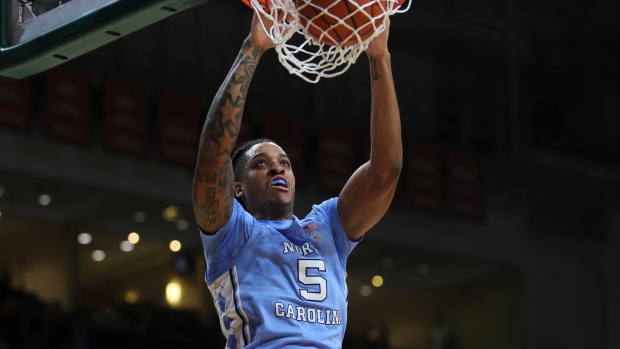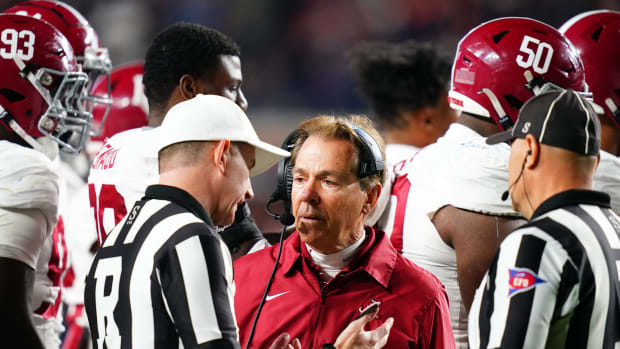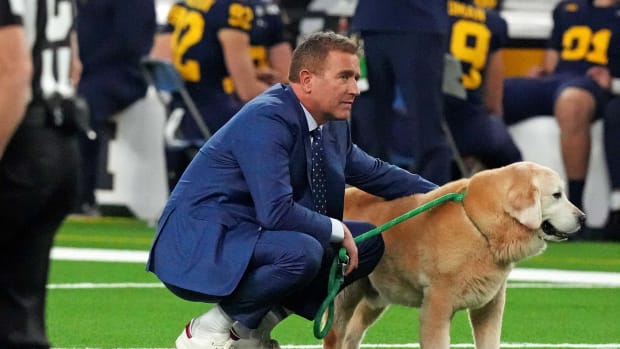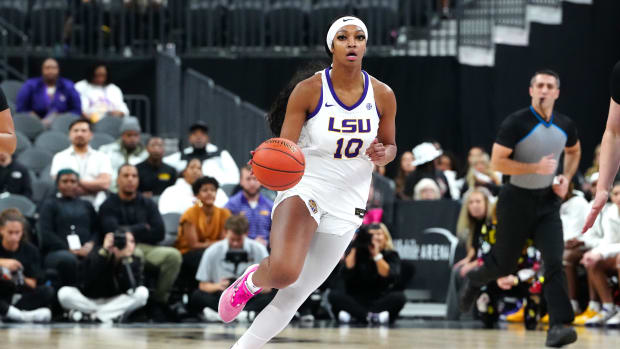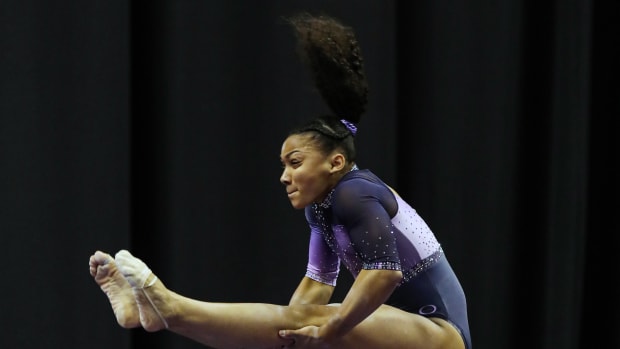
A Pragmatic Argument against Title IX’s Reach to NIL Collectives
In late August, the Drake Group, a non-profit political advisory group, sent a ten-page memo to the Office of Civil Rights demanding federal guidance regarding the lack of gender equity within NIL collective spending. This is one of many recent challenges to the trend of NIL collectives’ disproportionate allocation of funds between male and female student-athletes.
Legal debate surrounds the obligation of NIL collectives to adhere to the principles of Title IX, which requires that “No person in the United States shall, on the basis of sex, be excluded from participation in, be denied the benefits of, or be subjected to discrimination under any education program or activity receiving Federal financial assistance[.]” This 1972 federal legislation is the preeminent reason for the immense proliferation of resources and opportunities for women in college athletics. For varsity athletics to comply with the interpretations of Title IX, every university must ensure that female college athletes are provided with equal athletic scholarships and other athletically related benefits[i] allocated to their male counterparts.
It is important to transparently articulate what an NIL collective is before diving into the impact of Title IX reach.
Simply put, a NIL Collective primarily functions as a shell corporation to funnel money from boosters to student-athletes. According to Opendorse data, roughly 80% of NIL dollars that reach the pockets of student-athletes are from collectives. As collectives have grown, they have become a quasi-payroll for student-athletes participating in men’s revenue sports.
This has created an arms race where boosters of universities are called on to help fill a payroll to retain and recruit athletes. When boosters donate to a collective, they can determine what athlete or sport they want the funds to go towards. This is overwhelmingly dominated by football and men’s basketball (roughly 95% of funds given).
Collectives are constructed and incorporated independently from the university, either by large collective management companies or by alumni with no current employment at the university. While these entities vary in corporate structuring, they all serve as vehicles to bypass state NIL legislation and NCAA guidelines that prohibit direct “pay-for-play” payment.
However, as every day passes, these collectives become increasingly enmeshed with their respective universities. Athletic departments have become gradually more liberal in their practices: telling collectives how to distribute funds to players, advertising the collective, and adopting these collectives as an arm of their own fundraising strategies. As the independent nature of collectives dissipates, the legal argument for Title IX application grows stronger. At what point do these entities become integral to the educational experience and subject to Title IX? There is no clear-cut answer, but the argument is becoming easier and easier to make.
Are collectives inherently bad/evil/immoral? No.
At the inception of NIL, collectives set up shop as a way to legitimize (and tax) what had previously been a robust and pervasive black market economy of under-the-table student-athlete inducements. There is no shortage of anecdotal evidence outlining the dark underbelly of these deals. For decades, extortion, bribery, and fraudulent misrepresentation ran rampant in the handshake deals that had been made to athletes under the cloak of darkness.
NIL collectives have created a system that brings these deals over the table and allows both athletes and donors to have a legitimate contract, which can be enforced by a court of law. Removing these payments from the black market gives protection to all parties.
If the Office of Civil Rights is to provide guidance that indicates NIL collectives are to fall under the purview of Title IX, this ruling would immediately debilitate the functionality of NIL collectives. The lion's share of NIL funding is tied to sport-specific donations that would need to be reorganized. This would mean that all dollars earmarked for men’s teams or specific male athletes that surpass a collective’s women-specific donations and a general fund pool would have to be returned to the donor’s pro-rata.
It is unlikely that major donors would be willing to continue to give without being able to choose what sports they could donate to. Without the ability to directly give to a men’s team, donors will take one of two routes: 1) Stop investing in NIL or 2) Go back to the old and unfavorable method of illegal payment.
With Title IX restrictions on collectives, the total pot will be significantly reduced for student-athletes. It is not unrealistic to assume that due to the lack of revenue, most of these organizations will cease to exist, and with it, benefits that help both male and female athletes, such as team-specific group licensing deals for local small businesses –– a method that has been the most successful driver of NIL money to non-revenue sport athletes.
What needs to be focused on is schools' commitment to their student-athletes to distribute their internal NIL resources equitably. Most schools have implemented educational programs for NIL. These programs are incredible opportunities for athletes to grow off the field, emphasizing skills such as brand building, financial management, contract literacy, and entrepreneurship. It is essential to keep athletic departments honest in gender equity for educational resources and access to other institutionally provided resources to secure NIL deals and promote their athletes.
The free market will continue to favor revenue sports; regulating where donors can allocate their dollars will only deplete funds and hurt all athletes. It is imperative that universities act deliberately to not commingle the actions of their athletic departments with those of the collective; they must remain separate entities. The focus should be ensuring institutions equip every student-athlete, regardless of gender or sport, with the tools to succeed in the NIL arena, not mandating equal payment.
[i] Other benefits: Title IX requires the equal treatment of female and male student-athletes in the provisions of: (a) equipment and supplies; (b) scheduling of games and practice times; (c) travel and daily allowance/per diem; (d) access to tutoring; (e) coaching, (f) locker rooms, practice and competitive facilities; (g) medical and training facilities and services; (h) housing and dining facilities and services; (i) publicity and promotions; (j) support services and (k) recruitment of student-athletes. NCAA
